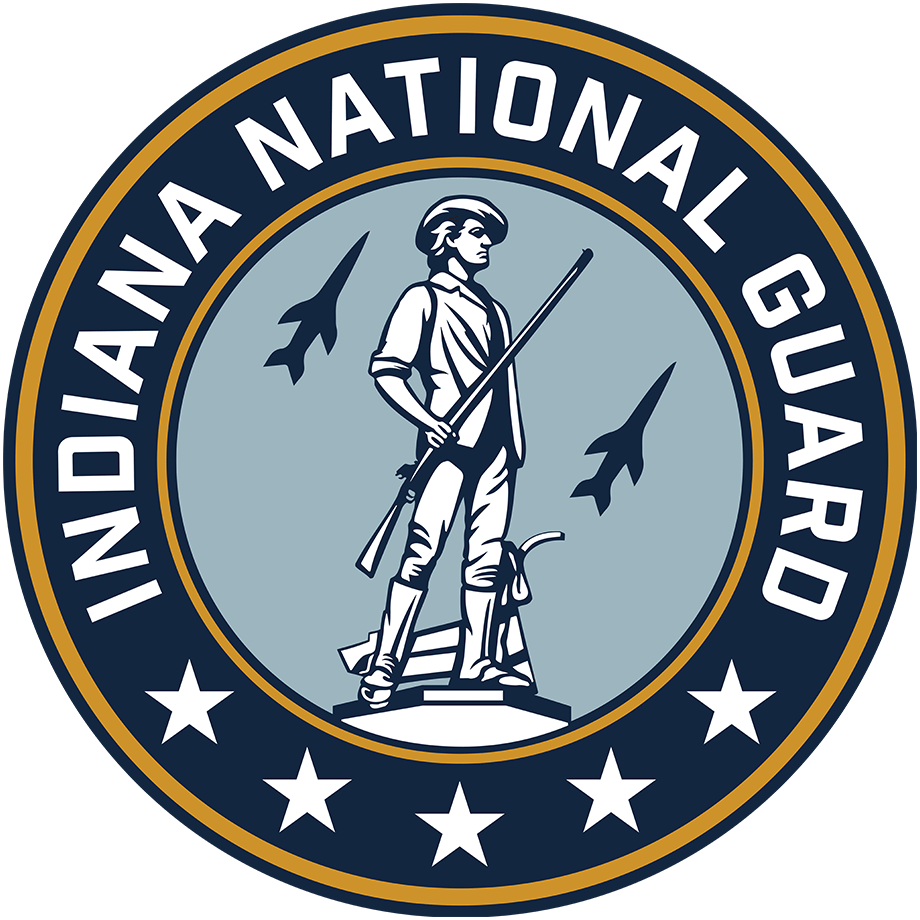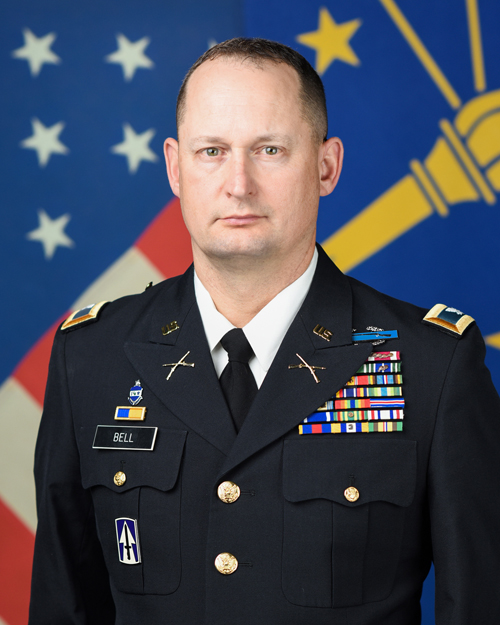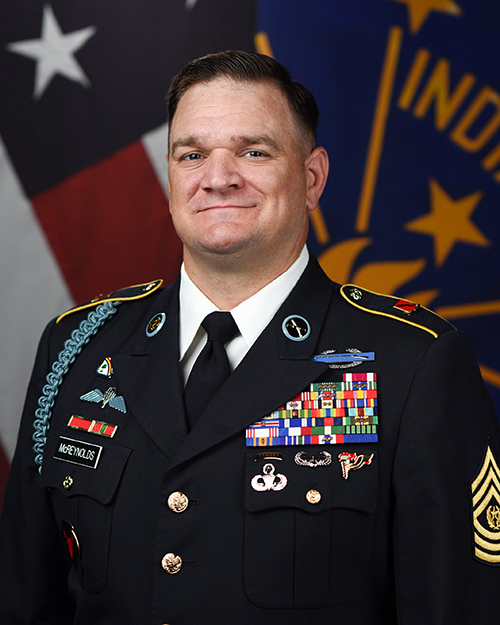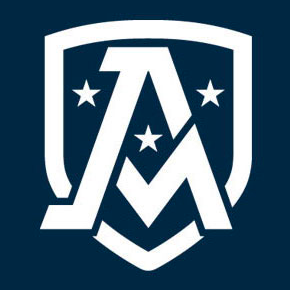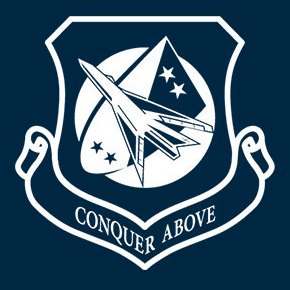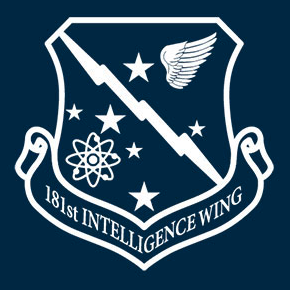Mission and Vision
 Mission Statement
Mission Statement
The 138th Regiment (CA) conducts expert institutional training for Infantrymen, Warrant Officer Candidates, Officer Candidates and medical personnel as well as multiple functional area courses and marksmanship events throughout FY25-27 at Camp Atterbury, Indiana to enhance individual, leader and unit level readiness.
Vision Statement
The 138th Regiment (CA) is a premier Army institution of learning that continues a tradition of excellence which generates readiness and enables retention goals for the operational force to meet TAG retention initiatives and P2 readiness goals. This is accomplished by:
- Producing the most talented graduates for the benefit of the Indiana National Guard and U.S. Army through a superior development experience
- Acquiring, caring for, developing, employing and retaining the best cadre through stewarding talent and professional development
- Providing cadre and staff well-planned and predictable schedules to foster work-life balance
- Enhancing student and cadre experience through modernization of facilities and improved technology
- Maximizing maintenance and care of facilities, oriented on customer service
Leadership
"Seek and Destroy"
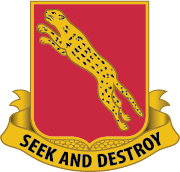
The distinctive unit insignia (DUI) for the 138th Regiment symbolizes the service of the former organization, the 138th Armor Battalion. It is depicted by the golden leopard springing upon its prey, indicating the unit’s ability to move swiftly and silently while stalking its prey, then striking at the opportune moment with all the power and force at its command. It is felt that the leopard represents the animal most typical of this type of attack-powerful, silent, and swift, who by means of cunning as well as great strength is the greatest of all hunters. The eye of the leopard is emerald green, symbolic of its ability to see and hunt in the dark. Thus, the motto associated with the 138th Regiment is “Seek and Destroy.”
The lineage of the 138th Regiment can be traced back to September 1942 when it was formed as the 638th Tank Destroyer Battalion. In 1951, it was re-designated as the 138th Tank Battalion, and in June 1960 re-designated as the 138th Armor Battalion. The 138th Armor Battalion was inactivated and the colors were cased in June 1967.
The Indiana Military Academy was established in 1956 as an Officer Candidate School at Indianapolis. In December 1965, the Indiana Military Academy was moved to Camp Atterbury. After moving to Camp Atterbury, the curriculum was expanded to include Non-commissioned Officer Education Courses and Military Occupational Specialty Qualification Courses.
In 1996, the Indiana Military Academy was reorganized as part of The Army School System and given the designation as the 138th Regiment (Combat Arms). Restructured with a Headquarters and General Studies Battalion, the 138th Regiment was responsible for Combat Arms Training within a region consisting of six states: Indiana, Illinois, Ohio, Michigan, Minnesota and Wisconsin.
Today, the 138th Regiment conducts Officer Candidate School, Warrant Officer Candidate School and Combat Arms Training for Soldiers not only from Indiana but throughout the Army National Guard and Army Reserve.
